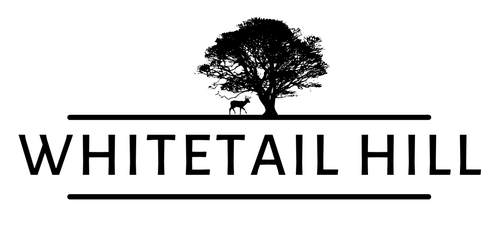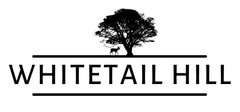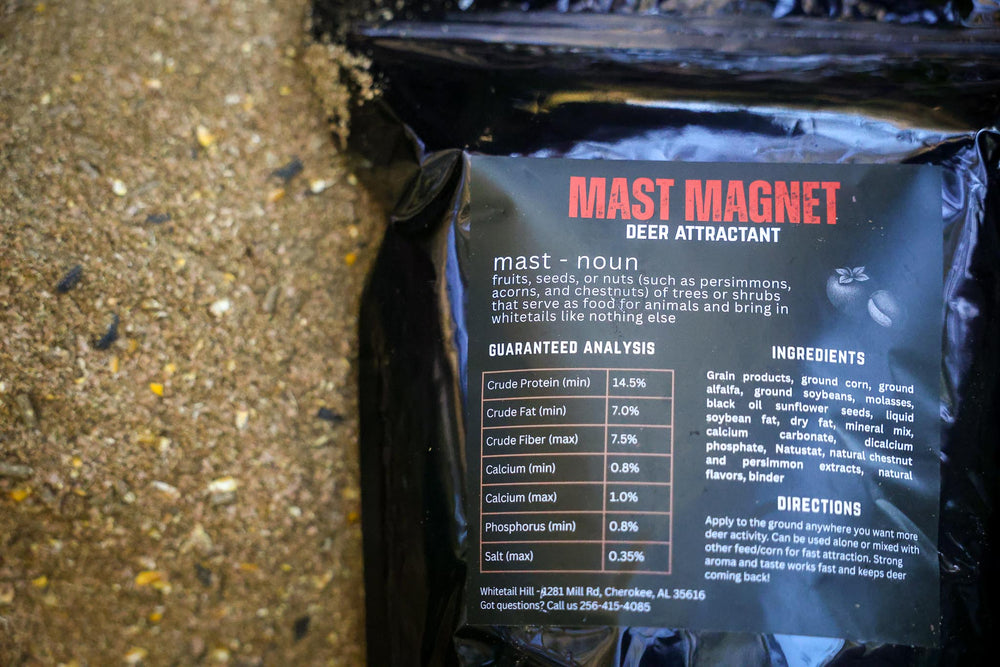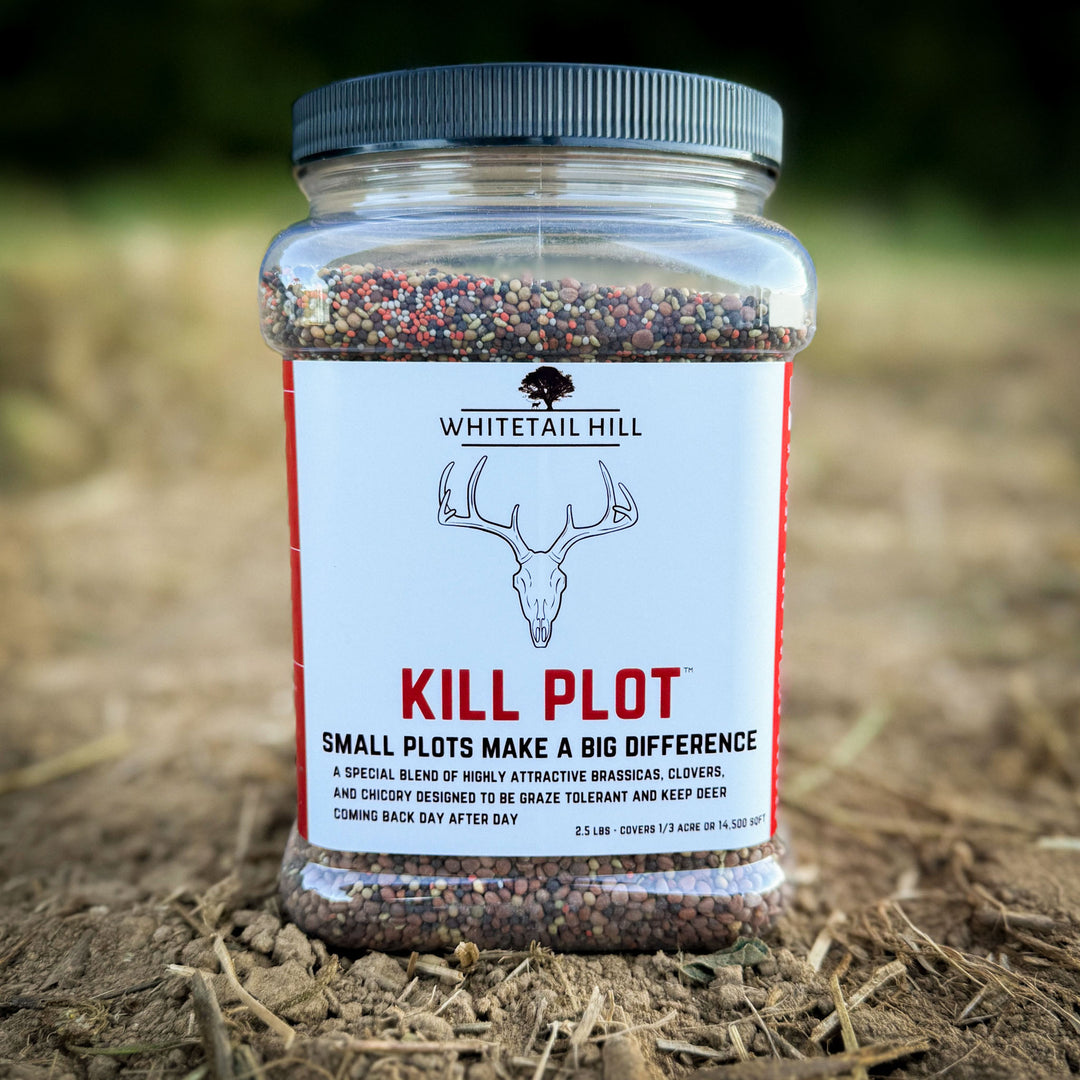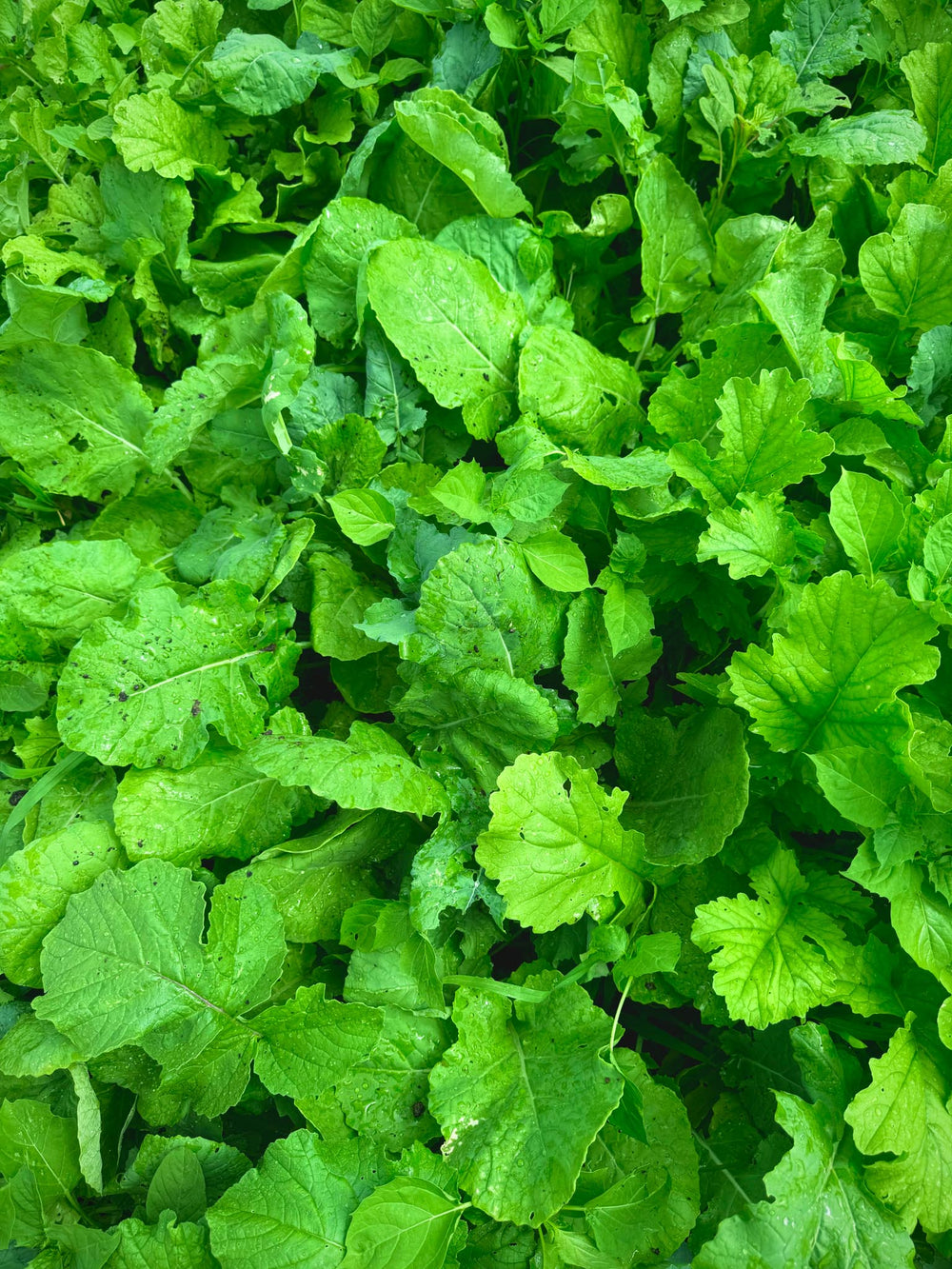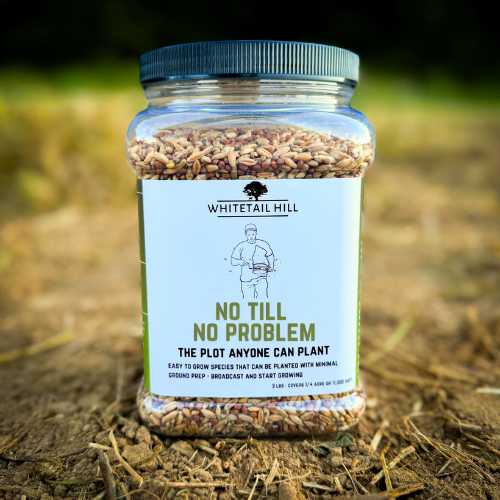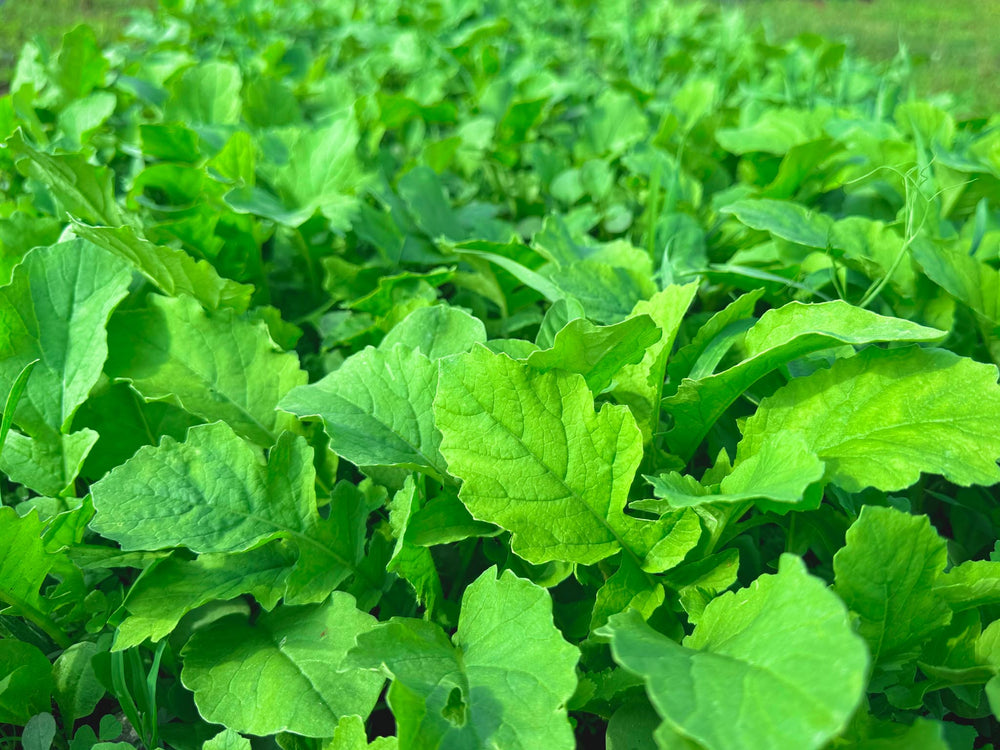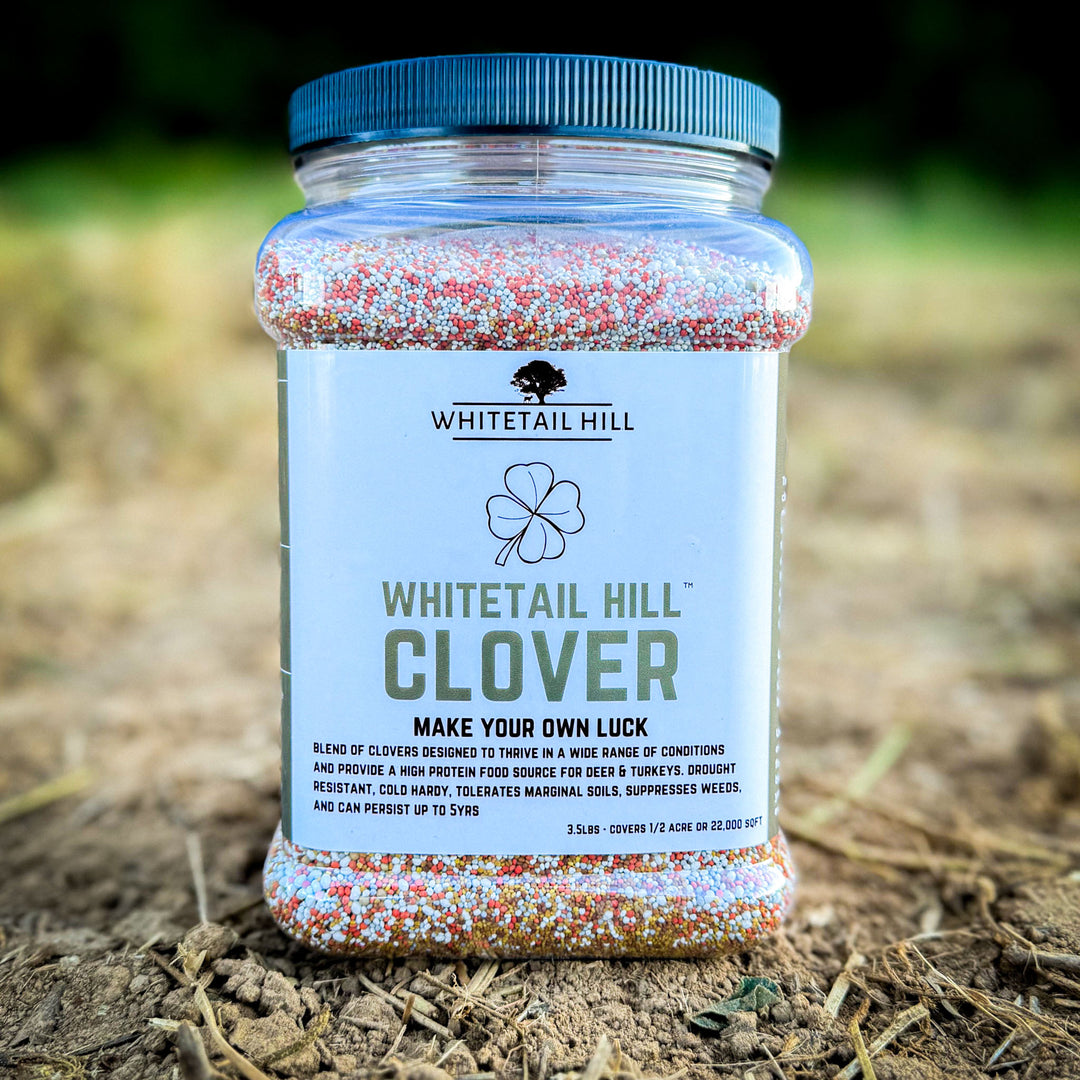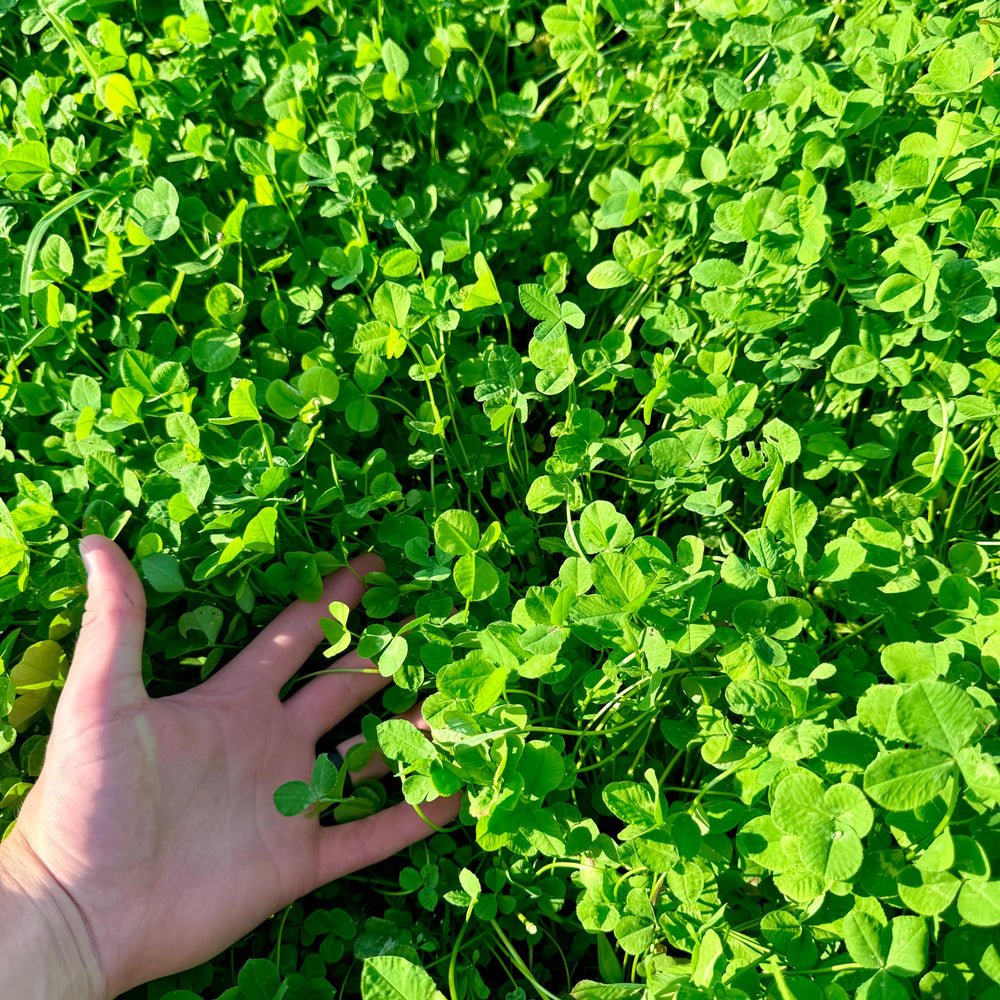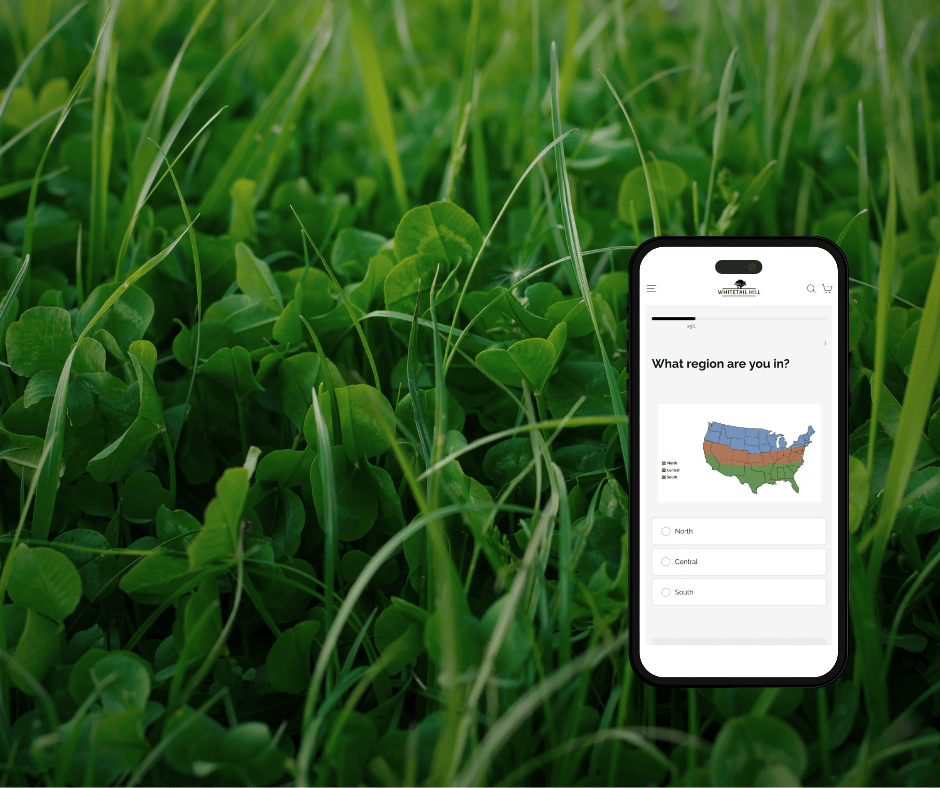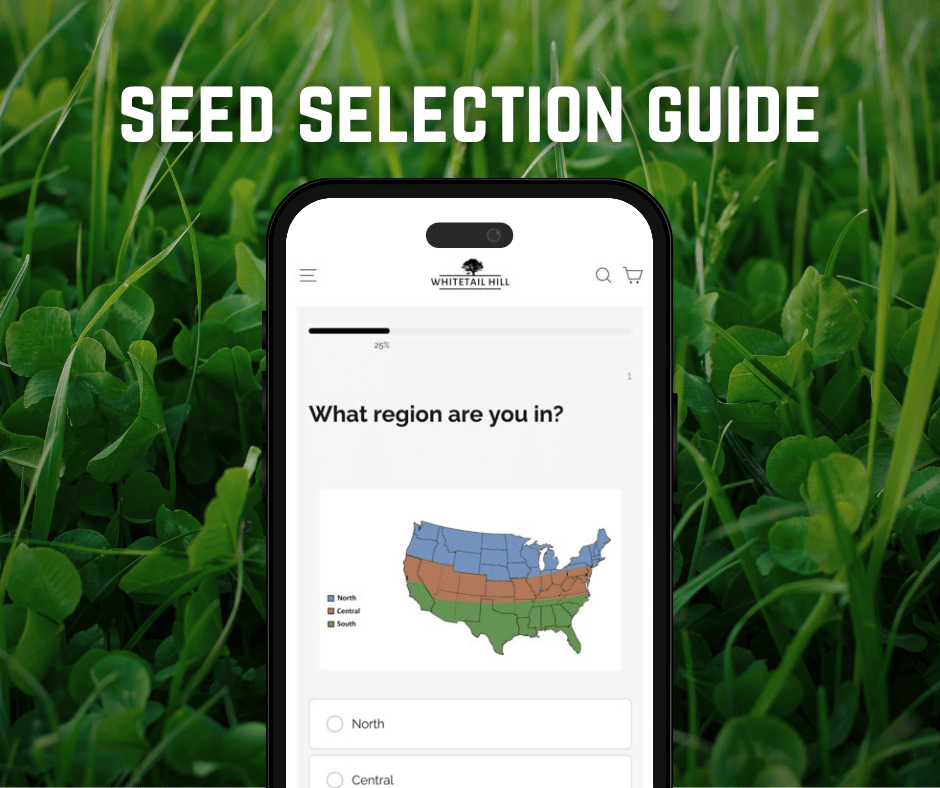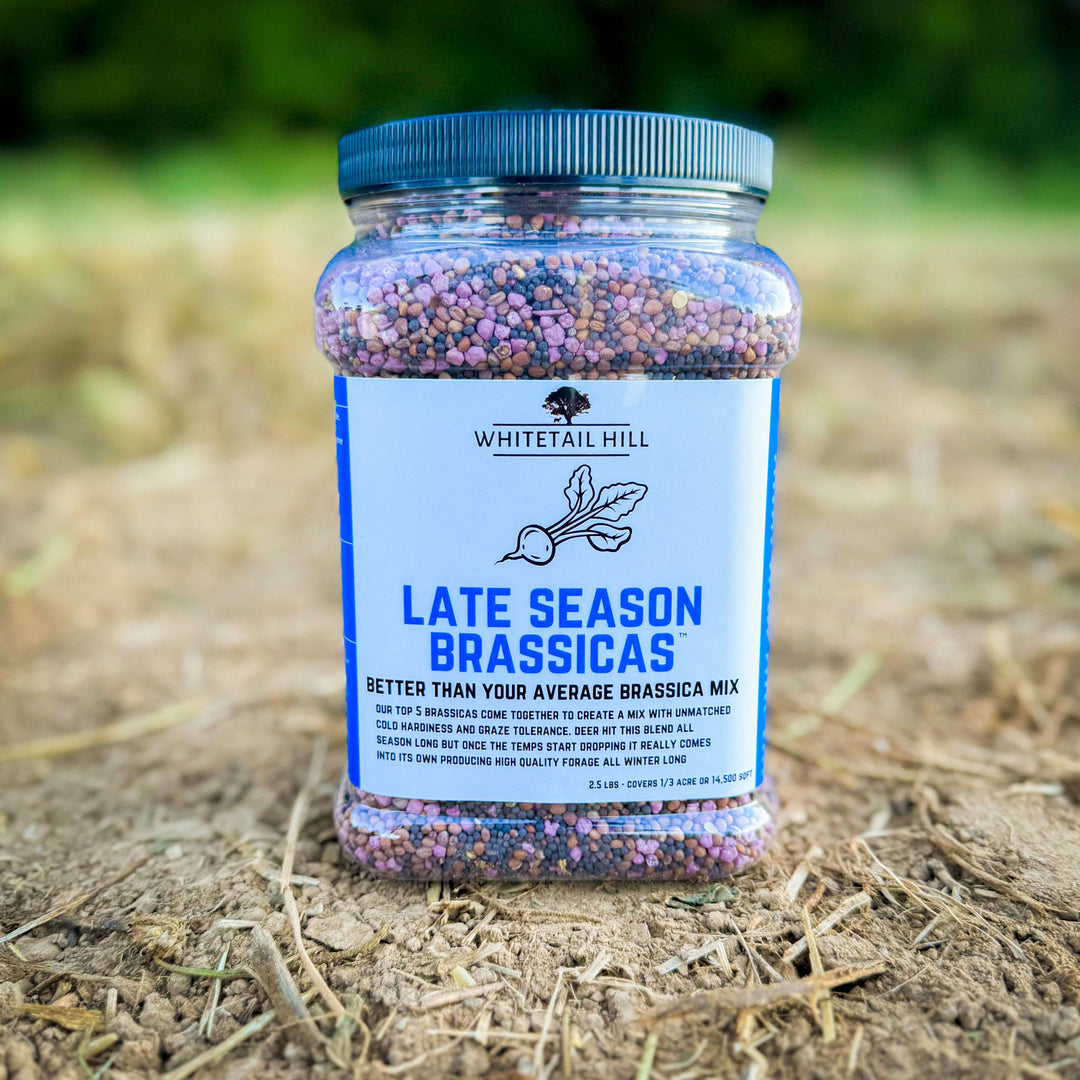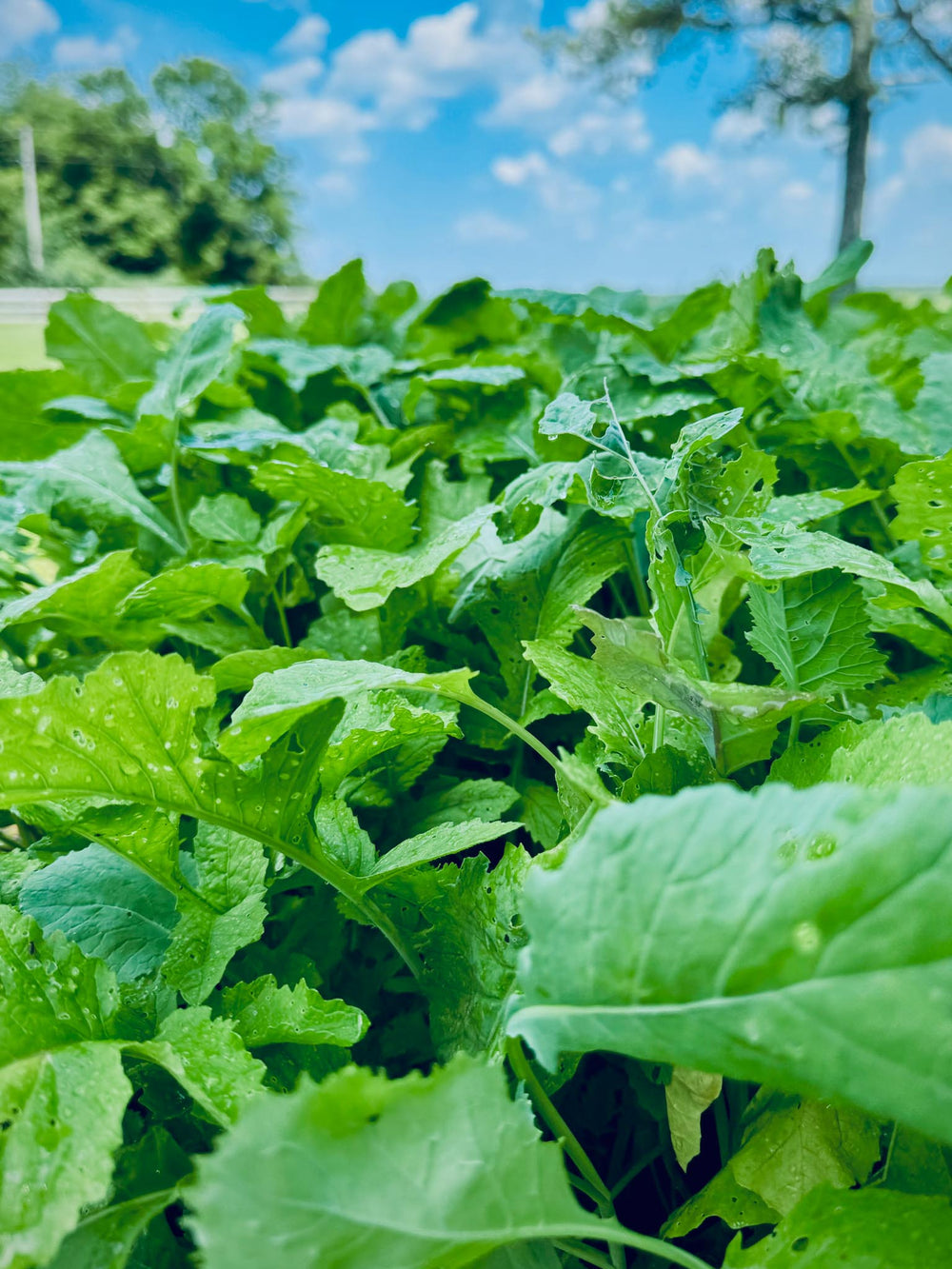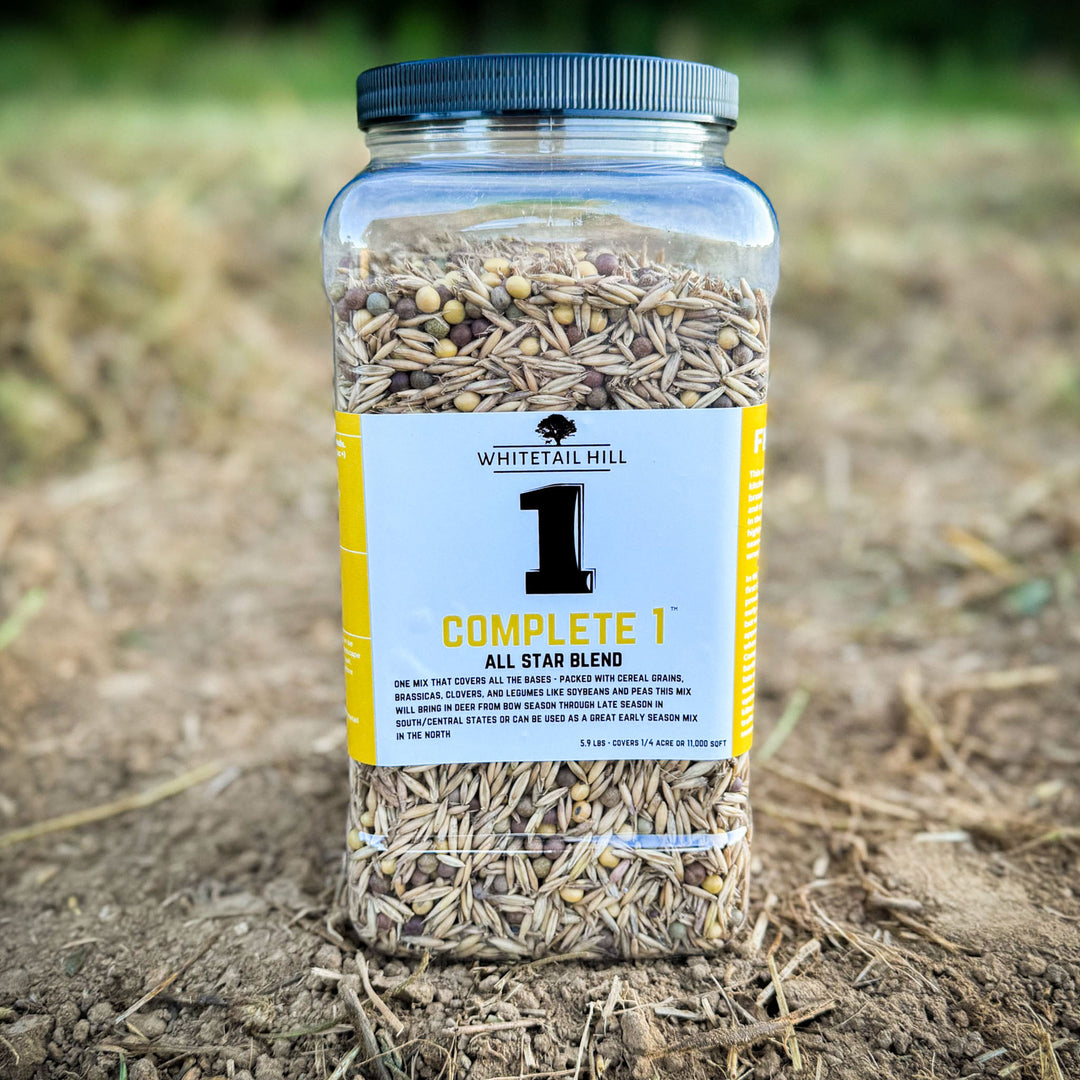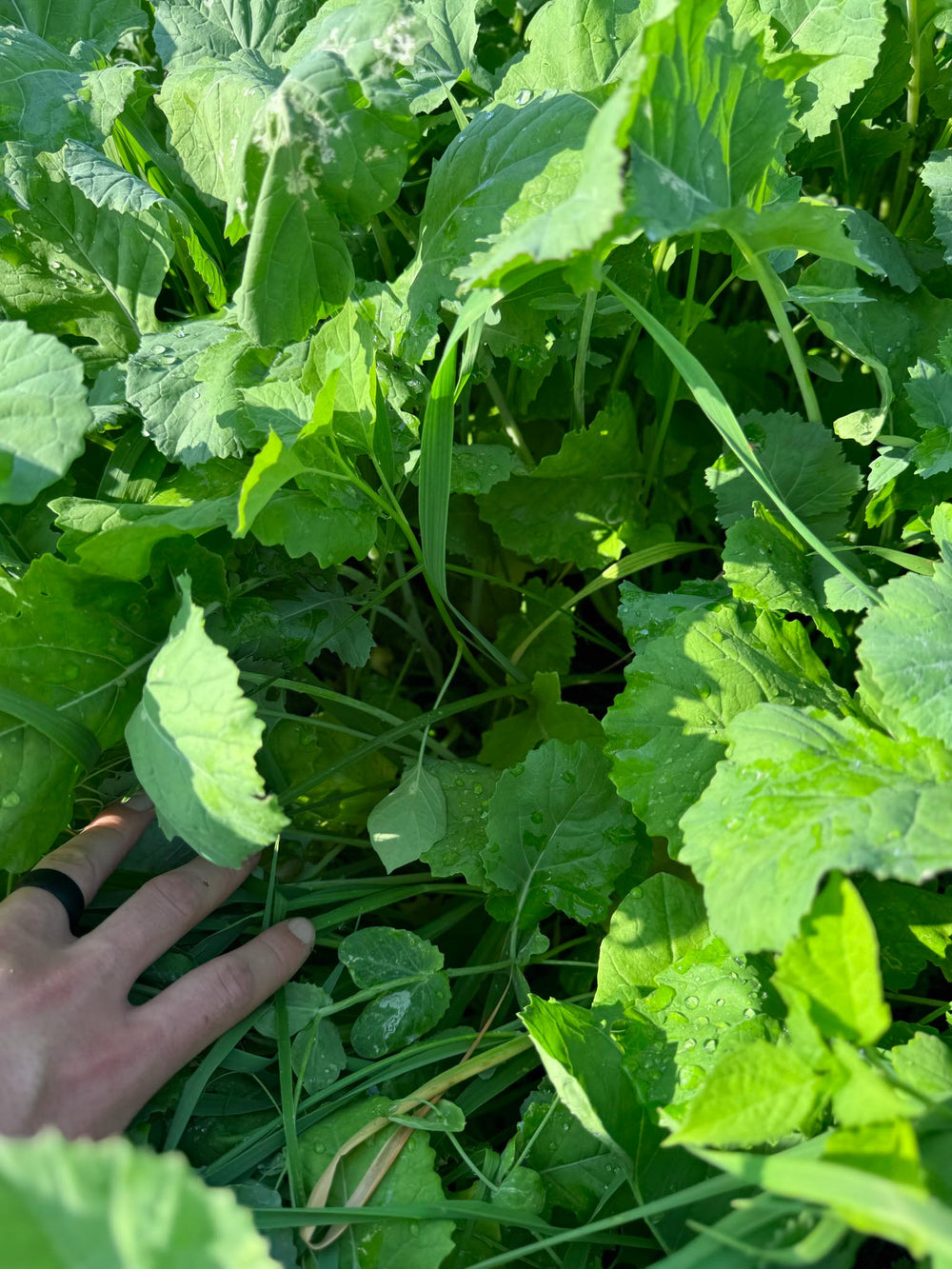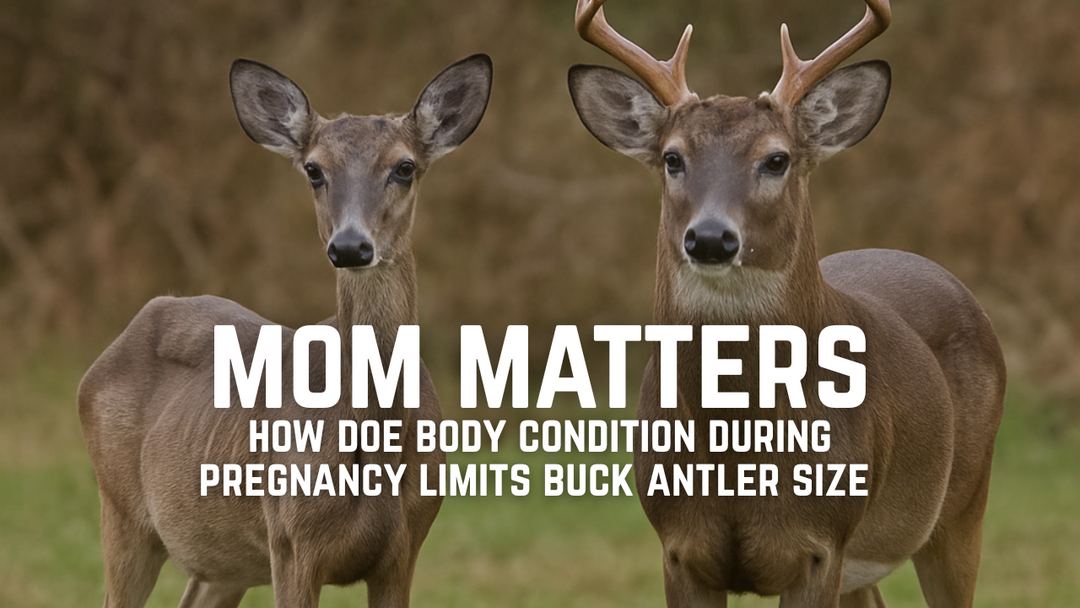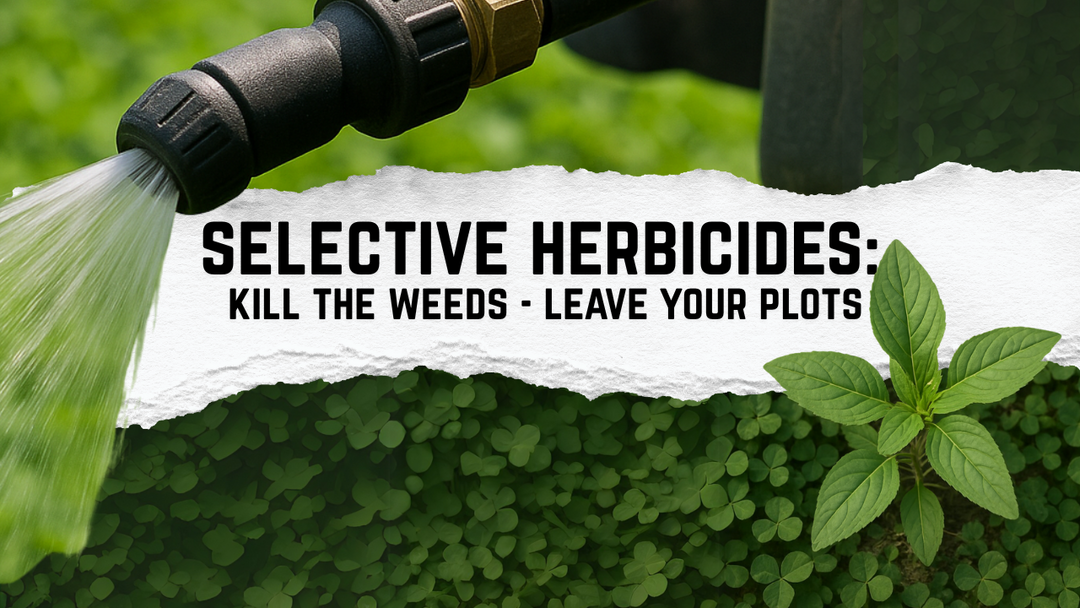More Coyotes Could Mean Better Deer Hunting - For Some

We recently worked with a client on a management plan for their property and as part of that plan we had to give an unusual recommendation: Stop any and all predator control on the property.
That’s something you wont hear from many people when it comes to improving a hunting property but in this case it was the best, and maybe the only, way to reach the goals we had for that property and get the deer herd back in balance.
As we all know, coyotes are widely hated by deer hunters. Most hunters see coyotes as a threat to the health of their local deer herd and, in an effort to improve hunting and protect deer from predation, they will jump at the chance to eliminate them. On most properties this thinking is spot on. Coyotes kill high numbers of fawns every year and suppressing their numbers is a great way to help increase deer and turkey numbers.
But what if you don’t need to increase deer numbers?
What if instead you need the opposite?
Well then in the unlikeliest of ways the coyote becomes your best friend.
That was the situation on the property we mentioned at the beginning of this article. It was absolutely overrun with deer. The landowner had done everything they could to thin the herd. Taking every doe that they legally could and even bringing in others to fill doe tags on the property. Nothing was making a dent. Food plots consistently failed due to overgrazing, natural browse was getting stripped as soon as it grew, and deer were everywhere. A survey showed deer density of around 50 deer per square mile on habitat that could only sustainably support less than half that number.
Due to legal restrictions in the state where this property is located only a limited number of does could be harvested per year through hunting. Not nearly enough to make the changes needed to curb the population. An adjacent tract of public land that was closed to hunting only exacerbated the problem making it more difficult for this landowner to control the population.
In areas like this where deer density is out of control the health of your herd and your hunting suffers. You’ll see low bodyweight, poor body condition, stunted antler growth, decreased rutting movement, and just overall worse conditions for growing quality deer. It also makes the herd much more vulnerable to diseases like EHD that can wipe out dozens of deer at a time.
In this case and others like it, natural predators like coyotes are actually extremely helpful to us as land managers in controlling the deer population and helping to bring it back to healthy levels. The same things that make coyotes hated by hunters in most cases actually make them a great tool here.
Its widely known that coyotes kill a sizable portion of fawns each spring. In fact, they can be responsible for the predation of up to 80% of fawns in high density areas of the Southeast. These numbers are staggering and when you compare that to the limited impact we have on the deer population as hunters its easy to see how coyotes can often outpace us when it comes to curbing populations in high density areas and why you might want to keep them around if your goal is bringing down deer numbers to a healthy level.
When deer numbers are brought to a level that your property can support you will see the quality of deer increase. Antler growth will improve, body weight, body condition, rut activity, all of these will go up and along with them so will the quality of your hunting.
Properties like the one discussed here definitely have more work to do than just taking it easy on the coyotes. Improving natural browse through timber harvest and controlled burning, adding food plots and mast producing trees to increase the carrying capacity of the property, and continuing a healthy number of hunter harvested does each year are all part of the plan. Just don’t overlook the help you can get from natural predators in situations like these.
Many properties need to do the opposite, if deer numbers are low then suppressing predator numbers is a great way to help boost deer populations and fawn survival and it’s something we do every year. I personally took 3 off our main property this year and plan to take several more now that our deer season has ended.
Have small pets or livestock? Also, a great reason to control coyote numbers. But if none of those apply and you need to bring down the deer density, they can be a serious asset to you.

Not sure if your property has healthy deer numbers? Here are some tell-tale signs that you have more deer than your property can support:
Natural vegetation at deer level is sparse and over browsed. Most pants deer can reach are stripped of their foliage or nipped off.
Food plots are consistently eaten to the ground as soon as they grow
The only way to know for sure is to conduct a survey of your deer numbers and evaluate that against the carrying capacity of your property. That will help you know how many deer you should harvest each year and whether you may need to employ more advanced tactics to help control the population, like ceasing predator management on the property.
If you want help managing your property for quality deer hunting, let us know. We provide property management plans for all game species from deer to turkeys even waterfowl and quail. We cover all the bases: TSI, food plots, controlled burns, stand placements, and yes harvest recommendations.
